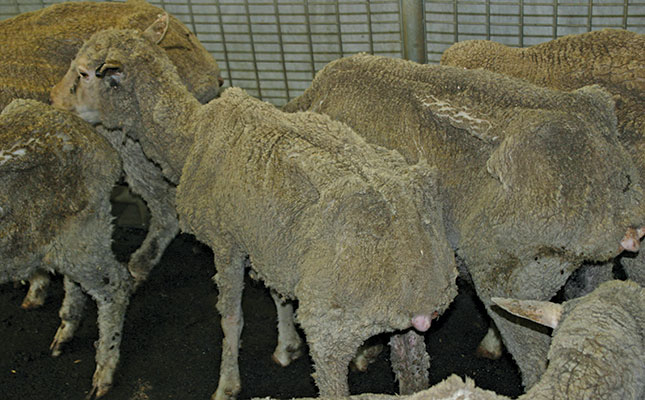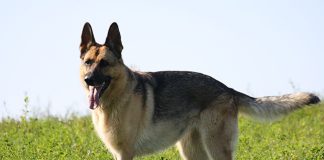
Paratuberculosis was identified by German bacteriologist and vet Heinrich Johne in 1905, hence the common name ‘Johne’s disease’.
Young animals are more susceptible and usually become infected after taking in food or water contaminated with the faeces of infected animals. The bacteria then establish themselves in the intestine.
The disease usually spreads slowly in a herd. Most animals do not show symptoms and it may be years before the disease is eventually diagnosed. Affected animals develop persistent diarrhoea and lose condition. Johne’s disease should not be confused with other ailments that cause a loss of condition, such as worm infestation, coccidiosis or malnutrition.
In cattle, the disease can be confused with chronic fascioliasis and paramphistomiasis. For these reasons, paratuberculosis is difficult to control; there are no clinical signs in the early stages of the disease and a long period may pass before the disease becomes apparent in a herd.
It is difficult to make a diagnosis in a live animal and affected animals cannot be treated successfully.
Control of Johne’s disease in a flock is based on:
- Culling infected (emaciated) animals;
- Strict hygiene to prevent the spread of the infection, especially via feed and water troughs;
- Buying animals only from farms that have been tested negative;
- Testing stud animals;
- Keeping the flock as young as possible;
- Lambing on clean pastures.
Finally, all cases of loss of condition and diarrhoea should be investigated.
Contact your nearest state veterinarian for further information.
Source: Directorate Communication Services, in co-operation with ARC-Onderstepoort Veterinary Institute.












